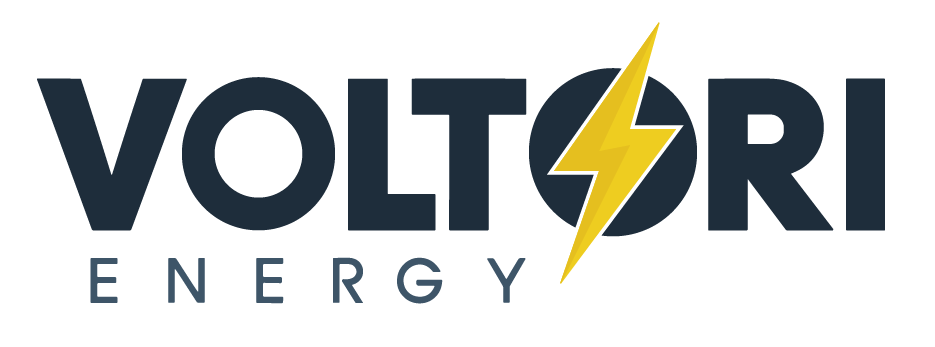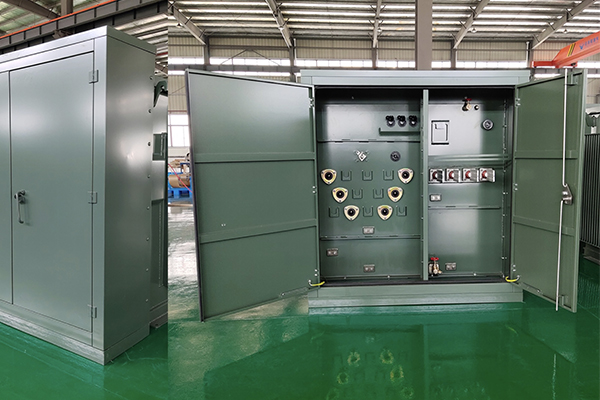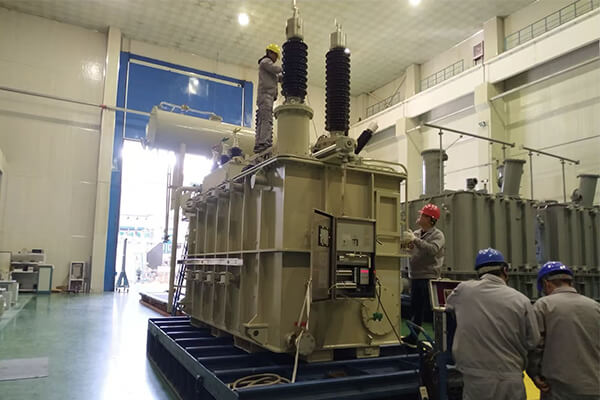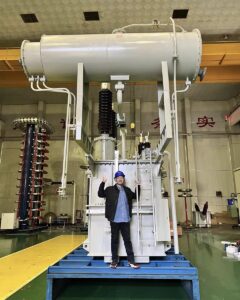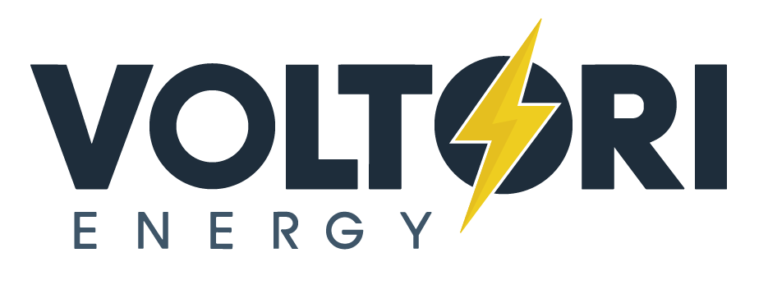Navigating transformer compliance in Canada can be overwhelming. Project delays, inspection failures, and unexpected costs plague many renewable energy projects due to non-compliant equipment.
CSA approved transformers in Canada include dry-type, liquid-filled, and cast resin transformers that meet Canadian Electrical Code requirements through CSA certification. All transformers installed in Canadian electrical systems must comply with relevant CSA standards including C22.2 No. 47 for construction and C802 for efficiency requirements.
 [CSA approved transformers](https://www.csagroup.org/testing-certification/product-areas/industrial-hazardous-locations-equipment/transformers-power-supplies/?srsltid=AfmBOoo4i7QYxe9ARCJE8hU6FAj8GzUsg_KPEsawIRcRvHyRoRggrTQX) for Canadian installations](https://voltoritransformer.com/wp-content/uploads/2025/08/image-1-csa-approved-transformers-for-canadian-.png)
As a transformer manufacturer based in Vancouver, I've seen countless projects delayed because developers didn't understand Canadian compliance requirements. Let me break down what you need to know about CSA approved transformers to keep your projects on track and compliant with Canadian regulations.
What Needs to Be CSA Approved in Canada?
The lack of proper certification can completely derail your project timeline. Electrical inspectors have the authority to reject non-compliant equipment, regardless of your installation schedule.
In Canada, all electrical equipment connected to the power grid, including transformers, must be certified to applicable CSA standards or equivalent recognized certification. This includes power transformers, distribution transformers, autotransformers, and specialized units used in renewable energy applications.
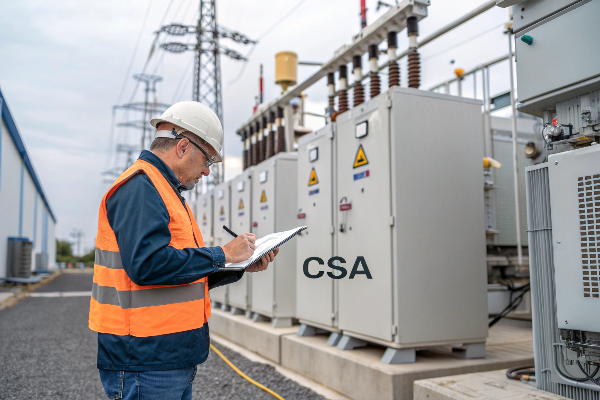
I learned this lesson early in my career when working on a solar farm in Alberta. We had ordered transformers that met American standards but lacked proper Canadian certification. Despite the transformers being physically installed, the local inspector refused to approve energization until we either obtained proper certification or replaced the units. This created a three-month delay and significant additional costs.
The Canadian Electrical Code (CEC) specifically requires that electrical equipment be approved for the specific application and environment where it's installed. This means transformers must be evaluated for Canadian conditions, including our extreme temperatures, which can range from -40°C in winter to +40°C in summer.
| Equipment Type | Required Certification | Applicable Standards | Notes for Renewable Energy |
|---|---|---|---|
| Power Transformers | CSA, cUL, or Field Certification | CSA C88, C22.2 No. 47 | Must meet utility interconnection requirements |
| Distribution Transformers | CSA, cUL, or Field Certification | CSA C2, C22.2 No. 47 | Common at solar and wind substations |
| Pad-mounted Transformers | CSA, cUL, or Field Certification | CSA C227.4 | Frequently used in distributed renewable generation |
| Dry-type Transformers | CSA, cUL, or Field Certification | CSA C9, C22.2 No. 47 | Common for indoor renewable applications |
Beyond just having a CSA mark, transformers must comply with specific standards like C22.2 No. 47 for construction requirements and C88 for power transformers. For renewable energy applications, compliance with grid interconnection requirements and utility specifications adds another layer of complexity. During my years working with wind and solar developers across Canada, I've found that understanding how these standards interact is essential for successful project implementation.
What Are the Three Different Types of Transformers?
Selecting the wrong transformer type can lead to catastrophic failures, especially in Canada's challenging environments. I've witnessed installations where inappropriate transformer selections led to complete system failures during winter weather events.
The three main transformer types approved for Canadian use are dry-type transformers (including VPI and VPE), liquid-filled transformers (using mineral oil or natural esters), and cast resin transformers. Each type must meet specific CSA standards, with selection depending on installation location, environment, and application requirements.
 Three main types of transformers with CSA approval](https://voltoritransformer.com/wp-content/uploads/2025/08/image-3-three-main-types-of-transformers-with-c.png)
Over my years in the industry, I've developed a systematic approach to transformer selection based on application requirements. Here's my breakdown of what each type offers in the Canadian context:
Comparison of CSA Approved Transformer Types for Canadian Applications
| Feature | Dry-Type Transformers | Liquid-Filled Transformers | Cast Resin Transformers |
|---|---|---|---|
| Typical Applications | Indoor, commercial buildings | Outdoor, utility-scale projects | Indoor/outdoor, harsh environments |
| Voltage Range | Up to 35 kV | Up to 500+ kV | Up to 35 kV |
| Key CSA Standards | C22.2 No. 47, C9, C802.3 | C88, C802.1 | C22.2 No. 47, C9 |
| Temperature Range | -20°C to +40°C (standard) | -40°C to +40°C | -25°C to +40°C |
| Fire Safety | High | Medium (depends on fluid) | Very High |
| Environmental Concerns | Minimal | Potential fluid leaks | Minimal |
| Maintenance Needs | Low | Moderate | Very Low |
| Overload Capacity | Limited | Excellent | Good |
| Canadian Weather Suitability | Indoor or sheltered | Excellent with proper design | Good with proper enclosure |
| Cost Factor | Medium | Medium to High | High |
I've specified these extensively for solar farms and wind projects due to their varied advantages across different applications. For Canadian renewable installations, I often recommend biodegradable ester fluids rather than traditional mineral oil, especially near water sources or environmentally sensitive areas.
For large utility-scale projects, liquid-filled units remain the standard choice due to their superior cooling and overload capabilities. However, for building-integrated solar or smaller distributed generation, dry-type or cast resin units often make more sense from both safety and maintenance perspectives.
Can CSA C802 3?
Many project developers underestimate the impact of efficiency standards on transformer selection. I've seen projects where transformers met basic safety certification but failed to comply with efficiency requirements, necessitating costly replacements.
CSA C802.3 is a Canadian standard specifying minimum efficiency levels for dry-type transformers. It establishes mandatory performance thresholds that increase over time, requiring transformers to meet or exceed these efficiency ratings to be approved for installation in Canada. This standard applies to units with voltage ratings of 35 kV and below.
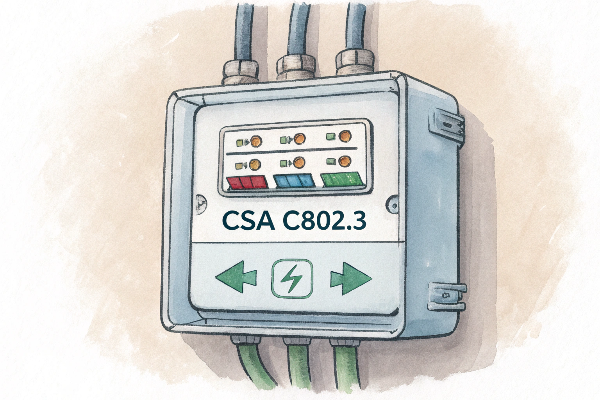
The CSA C802 series of standards represents Canada's commitment to energy efficiency in transformer applications. As someone who designs custom transformers for renewable energy applications, I've watched these standards evolve significantly over the past decade, driving innovation in transformer design.
CSA C802 Series Efficiency Standards Overview
| Standard | Covers | Efficiency Requirements | Implementation Timeline |
|---|---|---|---|
| CSA C802.1 | Liquid-filled distribution transformers | Varies by kVA and voltage class | Most recent update 2021 |
| CSA C802.2 | Dry-type transformers | Varies by kVA and voltage class | Most recent update 2018 |
| CSA C802.3 | Small distribution transformers | Specific minimum efficiency levels | Current version effective 2022 |
| CSA C802.4 | Power transformers | Varies by MVA rating | New standard expected 2023 |
For renewable energy projects, efficiency standards have particular significance. I recently worked with a solar developer who initially balked at the higher upfront cost of high-efficiency transformers. We conducted a lifecycle cost analysis that demonstrated how the increased efficiency would save approximately $75,000 in energy costs over the 25-year project life. Since renewable projects are all about clean energy production, using transformers that waste less energy through conversion aligns perfectly with project goals.
The C802 series also includes testing methodologies to verify efficiency claims. When importing transformers, I always advise clients to ensure they have test reports from accredited laboratories demonstrating compliance with these specifically Canadian efficiency requirements. In my experience, this documentation is often overlooked until inspection time, creating unnecessary project risks.
What Is the Full Form of CSA in Transformer?
Misunderstanding certification marks leads many developers to purchase inappropriate equipment. I've witnessed projects where equipment carried similar-looking certifications that weren't actually valid for Canadian installations.
CSA stands for Canadian Standards Association, now officially operating as CSA Group. For transformers, this organization develops safety and performance standards, tests products against these standards, and certifies compliant equipment for legal installation in Canadian electrical systems.
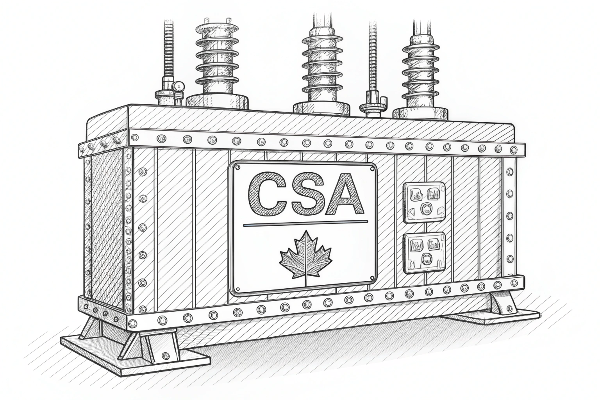
Throughout my career in the transformer industry, I've watched the CSA Group evolve from simply setting standards to becoming a global certification body. While many still refer to it as the Canadian Standards Association, today it's officially CSA Group, reflecting its expanded international role.
Certification Marks Acceptable for Transformers in Canada
| Mark | Description | Acceptance Level | Notes for Renewable Energy Projects |
|---|---|---|---|
| CSA Mark | CSA logo in maple leaf | Fully accepted nationwide | Preferred by most utilities and inspectors |
| cUL Mark | UL mark with "c" prefix | Fully accepted nationwide | Common on imported equipment |
| cETL Mark | ETL mark with "c" prefix | Fully accepted nationwide | Becoming more common on specialized equipment |
| Field Evaluation Label | Varies by agency | Accepted case-by-case | May be required for modified equipment |
| Provincial Approval Marks | Varies by province | Limited to issuing province | Some provinces have additional requirements |
When examining a transformer for Canadian installation, I look for the CSA mark, which appears as "CSA" inside a maple leaf. This indicates the equipment has been tested and certified to applicable Canadian standards. Alternative acceptable marks include the cUL mark (UL certification for Canadian standards) or field certification labels from accredited bodies.
The CSA standards most relevant to transformers include:
- CSA C22.2 No. 47: General construction and test requirements
- CSA C9: Dry-type transformers
- CSA C88: Power transformers and reactors
- CSA C802 series: Energy efficiency requirements
One of the most common mistakes I see is assuming that equipment with UL certification automatically complies with Canadian requirements. While there is overlap, the standards are not identical. I once consulted on a wind farm project where the developer had purchased transformers with UL approval that lacked the "c" prefix indicating Canadian compliance. The entire shipment had to be sent back for modification and additional testing, delaying the project by months.
Conclusion
Selecting CSA approved transformers isn't just about compliance—it's about ensuring safety, reliability, and efficiency for your Canadian energy project. Understanding these requirements from the design phase prevents costly delays and modifications.
At Voltori Energy, we design all our transformers to exceed Canadian standards, ensuring your renewable energy project succeeds from day one.
